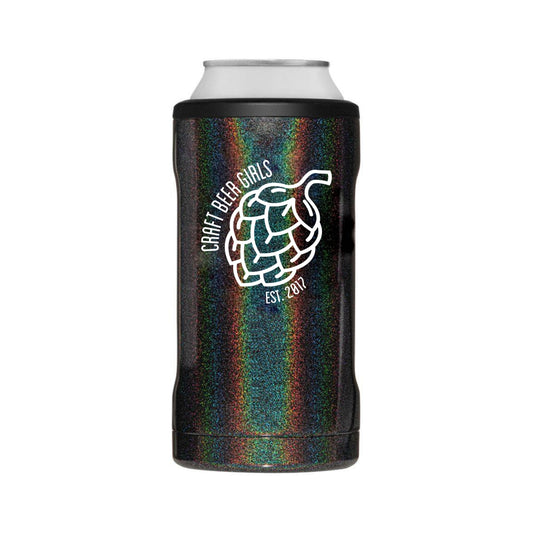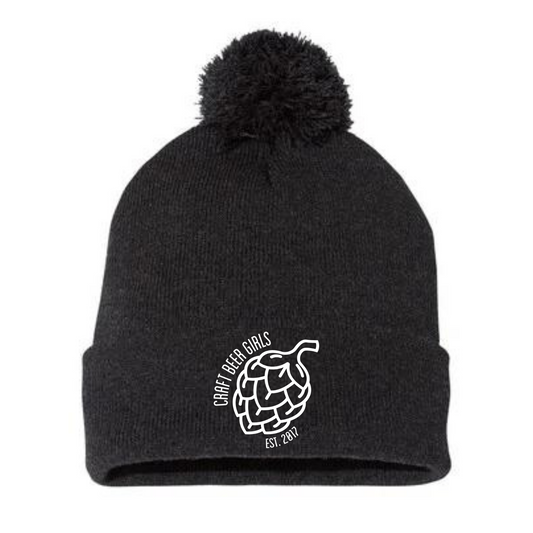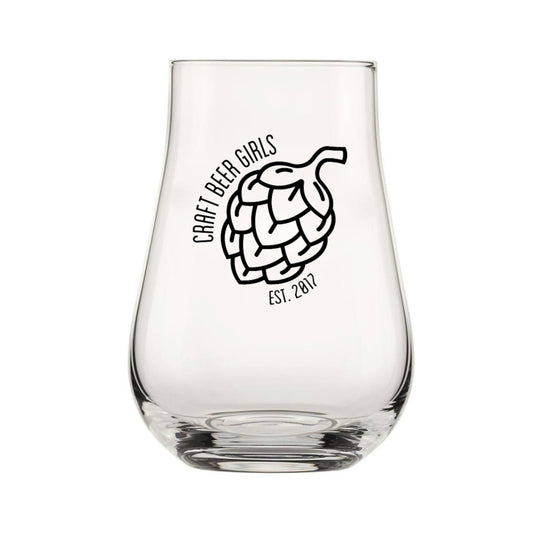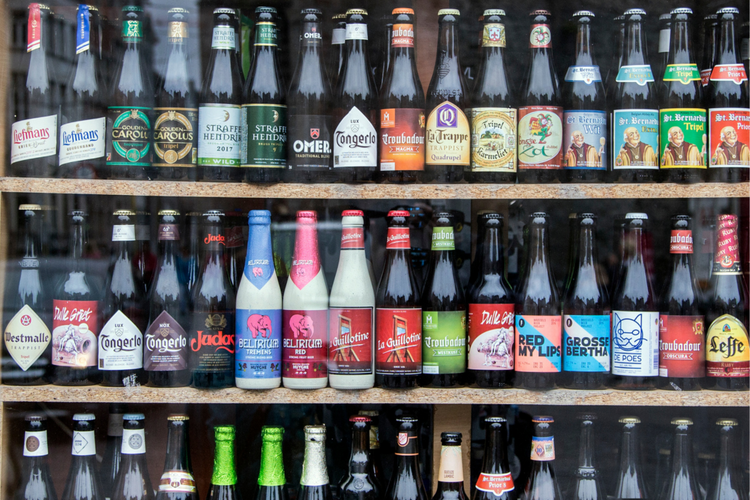Dispelling stereotypes can sometimes involve the dismantling of long-held cultural narratives, such as the concept that beer is primarily a 'man's drink.' This perspective overlooks the reality that beverages, including beer, are not gender-specific and can just as easily be a woman's drink (or whatever they choose to drink). This blog post pays tribute to women globally who are steadily and assertively challenging this age-old stereotype.
Beer's origins trace back several millennia across multiple civilizations, with women playing significant roles throughout this history (Hornsey, 2003). It's believed that brewing originated in ancient Sumeria, where Ninkasi, the goddess of beer, was worshipped (Spar, 1998). The "Hymn to Ninkasi," an ancient Sumerian poem, offers one of the earliest beer recipes, highlighting women's crucial role in brewing (Spar, 1998). In the Middle Ages, women known as 'Alewives' brewed beer for their families and communities, underlining the pivotal role of women in beer's history (Bennett, 1996).

Indeed, the contradiction between women's historical role in beer brewing and the prevalent stereotype of beer as a 'man's drink' is both fascinating and confounding. This stereotype, that women prefer wine or cocktails while beer remains a man's domain, is a product of sociocultural conditioning and marketing strategies spanning many decades.
Advertising as a Key Factor
Advertising has played a substantial role in perpetuating this stereotype. For a long time, beer commercials have predominantly targeted men, often portraying beer as a symbol of masculinity, camaraderie, and machismo (Hutchins, 2014). These advertisements frequently depict men enjoying beer while engaging in 'manly' activities such as watching sports, grilling, or hanging out with 'the guys.' In contrast, women in these ads are often represented as either passive observers or attractive elements used to appeal to the male audience. This consistent and pervasive portrayal has subtly, and often not so subtly, imprinted on our collective consciousness the idea that beer is intrinsically associated with masculinity.

Additionally, the marketing narratives around wine and cocktails have historically appealed more to women, promoting them as sophisticated, classy, and feminine choices (Bisogni, 2002). These gendered marketing strategies have further reinforced the stereotype, creating a dichotomy in our drinking culture that places beer and men on one side and wine, cocktails, and women on the other.
Physical Spaces of Beer
Furthermore, the physical spaces where beer is consumed, such as pubs and sports bars, have traditionally been designed with men in mind, further reinforcing the stereotype that beer is a 'man's drink' (Jayne, Valentine, & Holloway, 2010). These spaces often feature sports-themed decor and televisions broadcasting sporting events, creating a culture that has traditionally been more appealing to men than women.
However, it's important to recognize that these stereotypes are merely socially constructed narratives that can be deconstructed and challenged. The gendered marketing strategies and gendered spaces associated with beer consumption are not reflections of inherent preferences, but a product of a historically skewed representation. With the rising tide of women re-entering the brewing industry and an increasing number of women enjoying beer, the narrative is gradually shifting.
Contrary to this, many women enjoy the diverse range of flavors offered by different types of beer, and are significantly contributing to its evolution as brewmasters, beer sommeliers, and industry leaders (Witt, 2018). For instance, Kim Jordan co-founded New Belgium Brewing Company in 1991, leading it to become one of the most prominent craft breweries in the United States. In Philadelphia, Rosemarie Certo, a celebrated brewmaster at Dock Street Brewing, has played a key role in crafting numerous award-winning beers.

Additionally, the stereotype that women prefer lighter, fruitier beers is not entirely accurate. A study published in the Journal of Wine Economics showed that women scored higher than men in identifying different beer styles, suggesting they might have a superior palate for beer (Parr, 2014). This highlights that the diverse spectrum of beer—from IPAs and stouts to lagers and ales—can appeal to women's tastes just as much, if not more than to men's.
Craft breweries are increasingly becoming gender-neutral spaces, celebrating the universal appeal of beer and catering to all tastes, irrespective of gender (Witt, 2018). Beer festivals like Florida's 'FemAle Brew Fest' and New York's 'Beers Without Beards' are challenging the traditional beer landscape by celebrating women in the industry and promoting inclusivity.
So, here's a toast to all women who love beer - because beer is a woman's drink too. And it's a fine choice at that!
References
Bisogni, C. A. (2002). A review of qualitative research on food choice. The Journal of the American College of Nutrition, 21(2), 113-129.
Bennett, J. (1996). Ale, Beer, and Brewsters in England: Women's Work in a Changing World. Oxford University Press.
Beers Without Beards. (n.d.). Retrieved from http://www.beerswithoutbeards.com/
Dock Street Brewery. (n.d.). About us. Retrieved from https://www.dockstreetbeer.com/About-Us
FemAle Brew Fest. (n.d.). About. Retrieved from https://femalebrewfest.com/
Hornsey, I. S. (2003). A History of Beer and Brewing. Royal Society of Chemistry.
Hutchins, R. (2014). "Beer is a Man's Drink": Beer, Gender, and Consumption in the UK. International Journal of Advertising, 1-22.
Jayne, M., Valentine, G., & Holloway, S. L. (2010). Emotional, embodied and affective geographies of alcohol, drinking and drunkenness. Transactions of the Institute of British Geographers, 35(4), 540-554.
New Belgium Brewing. (n.d.). Our history. Retrieved from https://www.newbelgium.com/our-story/our-history/
Parr, W. V. (2014). The Influence of Physiological and Psychological Factors on the Sensory Responses to Beer. Journal of Wine Economics, 22-40.
Spar, D. B. (1998). The Riddle of the Sphinx: On the Commercial Value of Ancient Egypt. Business History Review, 727-759.
Witt, E. (2018). The Rise of Women in the Craft Beer Industry. Forbes. Retrieved from https://www.forbes.com/sites/emilycanal/2018/07/09/women-craft-beer-industry/#77413d2b1f08












